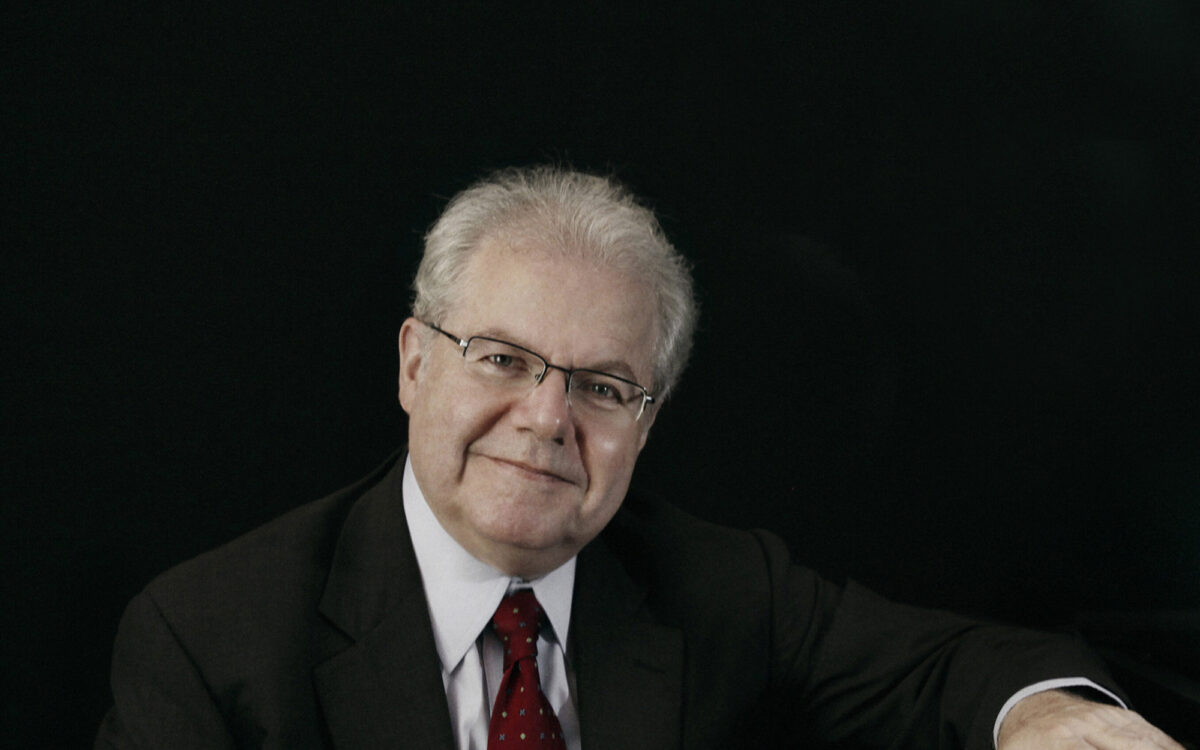Three Places in New England (Orchestral Set No. 1)
- Composition and premiere: Composed mainly 1912-17, followed by further work on the second and third movements between 1919 and 1921. A version with reduced instrumentation was first performed January 10, 1931, at Town Hall, New York City, by the Chamber Orchestra of Boston (made up of BSO members), Nicolas Slonimsky conducting. First performance of the original version for large orchestra (as restored by James B. Sinclair): February 9, 1974, Yale Symphony Orchestra, John Mauceri conducting.
- First Tanglewood performance: August 10, 2007, Boston Symphony Orchestra, James Levine conducting.
- First Tanglewood Music Center Orchestra performance: July 20, 2009, GergelyMadaras conducting.
The premiere of Three Places in New England gave Ives the rare opportunity to hear a professional performance of one of his forty or so professional works, most of which lay mute in manuscript for decades. He attended the premiere by the Chamber Orchestra of Boston, a new-music group founded by Boston’s resident avant-gardist, Nicolas Slonimsky, who had been introduced to “the unknown composer” by their mutual friend, the like-minded modernist Henry Cowell. “The reviews were mixed,” Slonimsky later wrote. In a stroke of daring following the January 1931 premiere, Slonimsky took Three Places abroad, first to Havana that March, and then to Europe, that enterprise being financed by Ives himself. (Ives made his money as an insurance executive on Wall Street.)
In program notes for the June 1931 performance in Paris, Slonimsky distilled its essence: “géographie transcendentale par un Yankee d’un génie étrange et dense”—“transcendental geography by a Yankee of strange and dense genius.” “Géographie” signifies how Ives projected a precise location for each place. “Transcendentale” implies the legacy of Emerson and Thoreau, Ives’s idols. By making his quotations of American popular music integral to his style, Ives honors their belief in the profundity of ordinary experience. “Étrange et dense” alludes to Ives’s love of dissonance and his cinematic approach to musical texture. Often, Three Places courts chaos, as Ives pans his musical landscapes with a cubist camera, juxtaposing many styles at once.
Each movement of Three Places in New England is accompanied by a poem or program explaining its title and sometimes its internal action. “The ‘St. Gaudens’ in Boston Common (Col. Shaw and his Colored Regiment)” refers to the bas-relief by the sculptor Augustus St. Gaudens. Unveiled in 1897 across from the State House, it commemorates the 54th Massachusetts Regiment—the first African American corps in the North to fight in the Civil War, led by Col. Robert Gould Shaw. Ives responds to the momentous metamorphosis of former slaves into freedom-fighters into martyrs by depicting this “Black March”—his other name for “St. Gaudens”—as a reverent journey reworking “plantation” songs from blackface minstrelsy, particularly Stephen Foster’s “Old Black Joe,” with drumbeats depicting both the varying paces of the marching men and the “drum-beat of the common-heart.” About six minutes in, a sudden brief military note of triumph surprises us. Is this the regiment doing battle? The trombone quotes from the 19th-century song “The Battle Cry of Freedom,” to say “The Union forever.”
“Putnam’s Camp, Redding, Connecticut” also serves Ives’s sense of patriotism. Welding together material from two earlier pieces—Country Band March and an Overture and March, 1776 (c.1902-03)—the “plot line” for this piece centers on Israel Putnam’s stoical leadership in the winter campaign of 1778-79. “Putnam’s Camp” opens with a boisterous depiction of a Fourth of July picnic at the local state park named after the war hero. An amateur band messes up and plays out of sync. In the second section of the movement, a mysterious chord in the strings, piano, flute, and harp brings on a dream sequence: a curious child wanders into the woods. He sees a vision of the Goddess of Liberty, who pleads with mutinous cold-weary soldiers, her plaintive oboe melody insistently amplified by other woodwinds. Their defiant desertion of camp to the strains of a Revolutionary War tune, “The British Grenadiers,” is arrested only by Putnam’s timely arrival. The final section returns to the picnic and games.
In contrast to the public environment of the first two places, “The Housatonic at Stockbridge” reveals the composer’s private side. Married on June 9, 1908, to Harmony Twichell, Ives began this intimate tone poem upon returning from their Berkshire honeymoon. “We walked in the meadows along the river, and heard the distant singing from the church across the river. The mist had not entirely left the river bed, and the colors, the running water, the banks and elm trees were something that one would always remember.” His nature painting recalls the sensuousness of Debussy; the “distant singing” is depicted through borrowings from the Baptist hymn “Dorrnance,” freely altered for the main theme.
In the end, Three Places in New England transcends internal allusions and external borrowings by realizing on its own autonomous terms Ives’s goal of composing music to communicate consciousness—“not something that happens but the way something happens.” Now one of Ives’s most loved pieces, Three Places in New England speaks directly to Aaron Copland’s observation: “In listening to the music of Ives, I have sometimes puzzled over what it is that makes his work, at its best, so humanly moving.”
JUDITH TICK
Judith Tick is Matthews Distinguished Professor Emeritus of Music History at Northeastern University, and the author of Becoming Ella, a biography of Ella Fitzgerald from W.W. Norton, Inc. Also among her books are Music in the USA: A Documentary Companion; American Women Composers Before 1870, and a biography of the composer Ruth Crawford Seeger.

